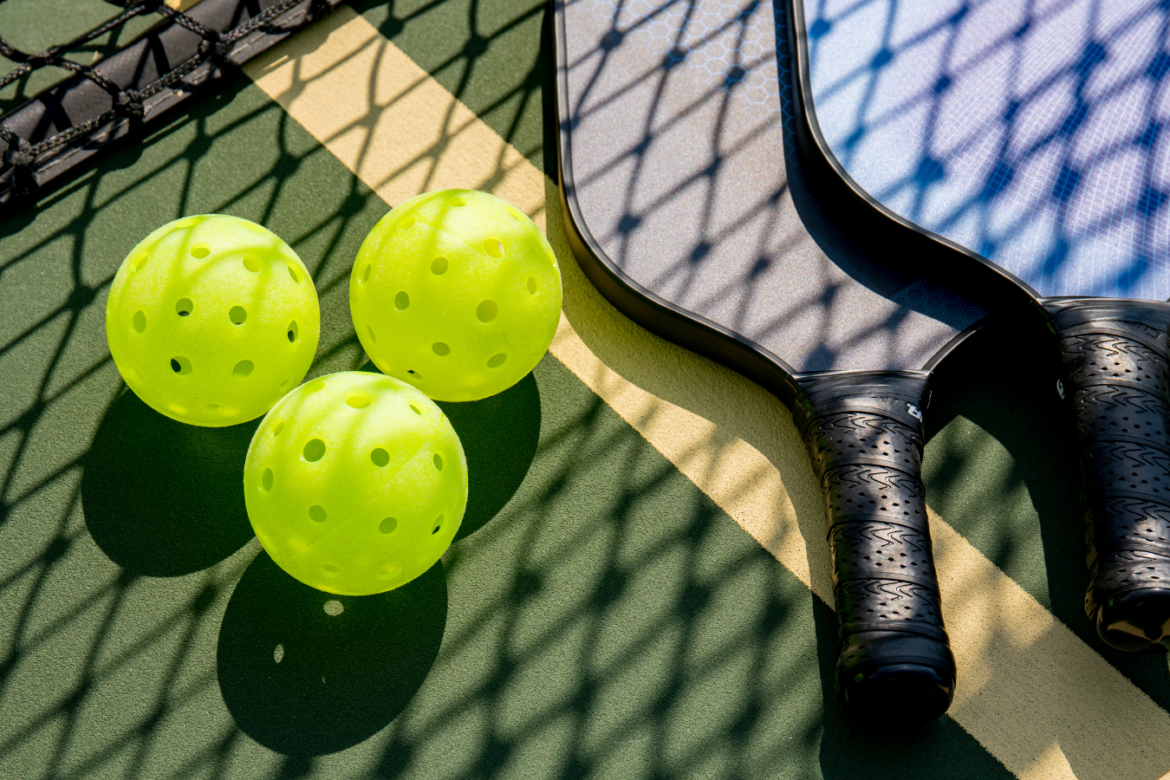Prevent Pickleball Injuries
Pickleball started in 1965 when three men from Bainbridge Island were trying to entertain their bored children with badminton and didn’t have the correct equipment. The men improvised using table tennis paddles and a perforated ball. As the weekend progressed, they made up rules and changed the height of the net. Since 2009, pickleball exploded after the first USAPA tournament. Now, pickleball is one of the fastest-growing sports in the US. Learn how to prevent pickleball injuries with this blog.
Pickleball is a fun game that is played by all ages on a hard court surface with a plastic ball with holes and paddles. All levels can play and can develop skills quickly. With any sport, injuries can occur. With quick starting and stopping and changing directions, knee injuries can happen. Some of the common knee injuries we see in physical therapy are strains/sprains, patellar tendonitis, and meniscal tears.
Injuries from Pickleball
Knee sprains occur when a ligament is stretched too far. There is usually some pain and swelling associated with a sprain. Rest, ice, gentle range of motion exercises, and bracing can be helpful.
Patellar tendonitis is inflammation of the tendon just above or below the knee cap. This occurs due to too much stress placed on the tendon from weakness in the glutes/hips or quadriceps. Ice, strengthening hips, and glutes, isometric strengthening to quads, and Chopat straps are ways to manage this.
Meniscus injuries are usually tears in the cartilage on the bone. A meniscus acts as a shock absorber between the femur and tibia. This can get torn by a twisting motion. Some people have pain, stiffness, a catching or locking sensation in the knee, or giving out can occur in the knee. Meniscus injuries are treated with ice, range of motion exercises, strengthening the quads, hips, and glutes to support the knee, and sometimes a brace may offer support.
Prevention of Injuries
Some tips to help prevent injury on the pickleball court include exercising regularly, wearing proper shoes, hydrating, and having a proper warm-up. Regular exercise will keep your muscles strong, mobile and agile to support your joints. Wearing a court shoe will give your feet the proper support. Court shoes provide traction on hard surfaces so you don’t slide causing reduced joint control and stability. Even though the court is smaller than a tennis court, quick movements are still required. Pickleball players need to be able to move forward, backward, and side to side to get to the ball.
It is also important to stay hydrated during pickleball. Staying hydrated can prevent you from getting dizzy or lightheaded which can lead to a fall. Being hydrated also helps prevent muscles from cramping, which can lead to injury. Before playing pickleball, perform a proper warm-up, such as a brisk walk and some dynamic stretching exercises working throughout the body to help the legs, arms, and core loosen up. This will improve your muscle’s ability to lengthen to reach or lunge for the ball if needed.
Pickleball is a fast-growing sport. Do not wait until you are sidelined from the pickleball court to work on your body. Schedule your appointment today.

